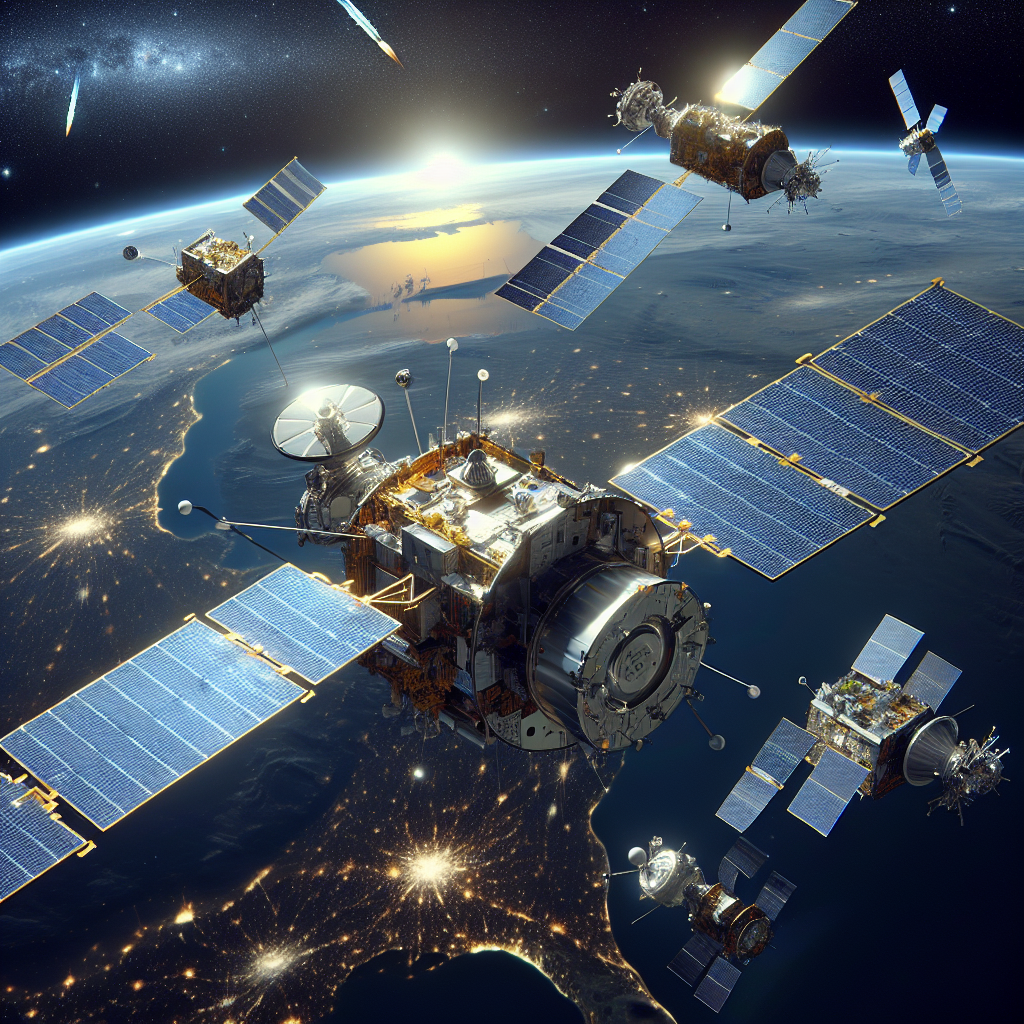China's Geespace Satellites and Algae Power Advances
This summary covers recent developments: China's Geespace launched 10 low-orbit satellites, Chilean scientists explored algae-based biophotovoltaics, and Boeing's Starliner faced helium-related issues leading to an uncrewed return to Earth. The news highlights advances in satellite technology, alternative energy, and space mission challenges.

In recent developments, Geespace, supported by Chinese automaker Geely, announced the launch of a third batch of 10 low Earth orbit satellites from the Taiyuan Satellite Launch Centre. Described as China's answer to SpaceX's Starlink, this marks a significant step in China's space and satellite technology ambitions.
Meanwhile, in Chile, scientists at the University of Santiago are advancing in biophotovoltaics by trying to harness the power of algae. Through this innovative approach, they aim to convert light into electrical energy, offering a potential new source of sustainable power.
Additionally, Boeing's Starliner spacecraft faced helium problems in its propulsion system, causing NASA astronauts to remain on the International Space Station. The uncrewed Starliner safely returned to Earth, concluding a troubled three-month test mission.
(With inputs from agencies.)










